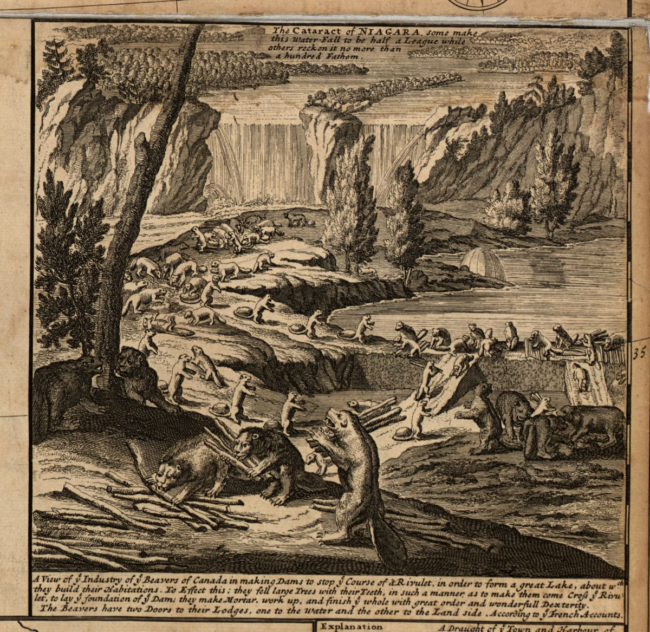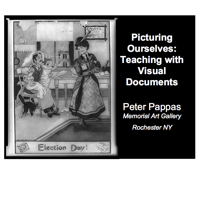
This lesson improves content reading comprehension and critical thinking skills with an engaging array of source documents – including journal entries, letters, maps, and illustrations. It examines European views of Native American and the New World in the Age of Exploration. While it is a rather one-sided account, the documents also reveal a great deal about the cultural “lenses” that the Europeans “looked though.”I developed this lesson to assist high school history teachers working with struggling readers. I wanted to show them how they could scaffold learning so that all students could participate in doing the work of historians. I built the lesson around a theme which was central to their curriculum. It was designed as an essential question that would engage students in reflection about how they allowed prejudice to color their perceptions. I selected images which could be “decoded” by students with a minimum of background knowledge.
The source material contains twenty-five documents in text and image formats. I modernized historic accounts at two reading levels – 5th and 8th grade. Each contains the same twenty five documents. A series of six exercises accompanies the lesson to guide students through the process of extracting information from the documents and constructing their own answers to the essential question. Link to Lesson
Image credit: Library of Congress gm71005441
A new and exact map of the dominions of the King of Great Britain on ye continent of North America, containing Newfoundland, New Scotland, New England, New York, New Jersey, Pensilvania, Maryland, Virginia and Carolina. Herman Moll 1732.


